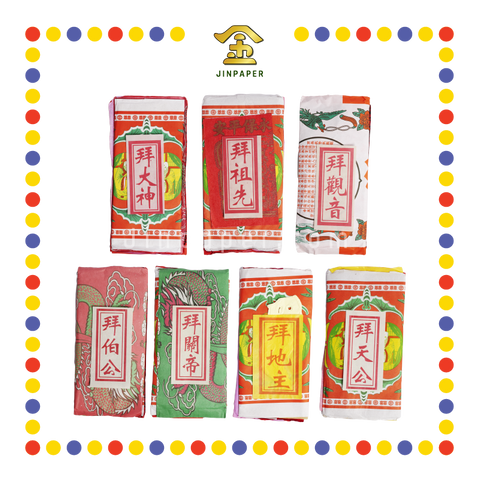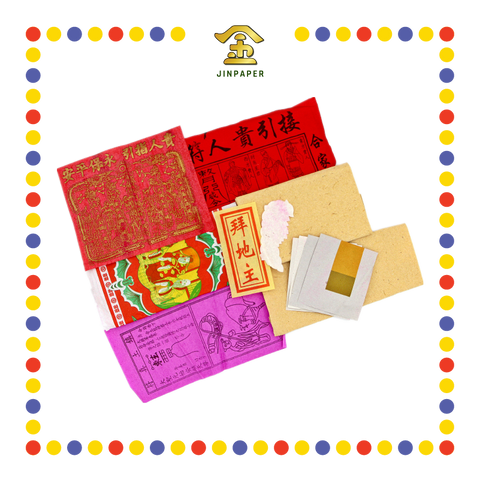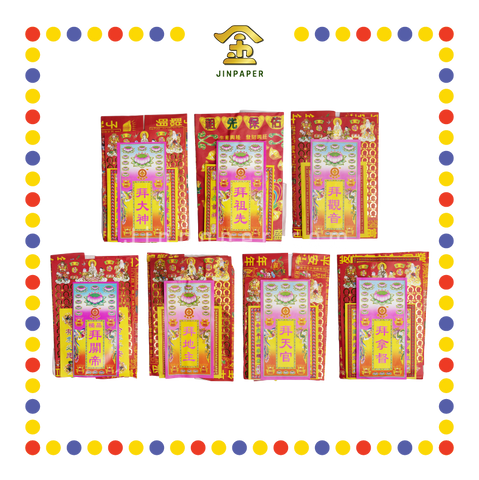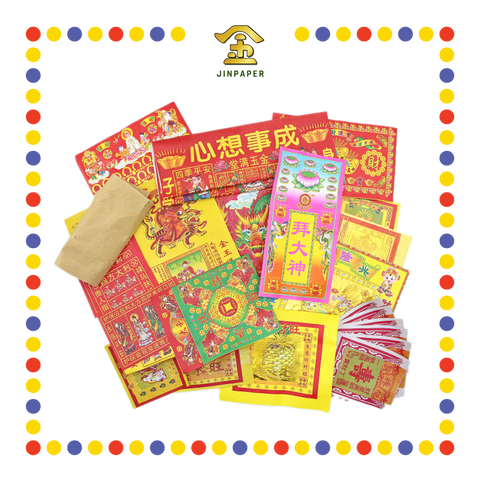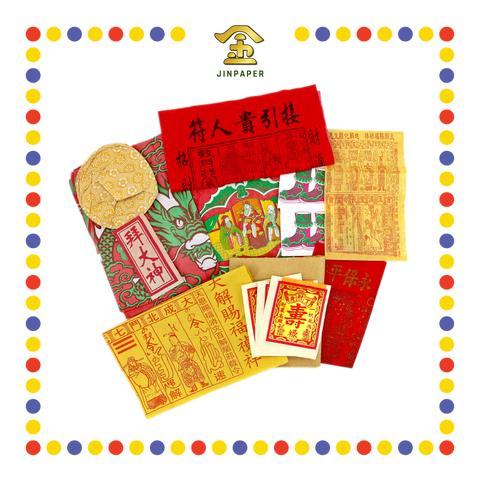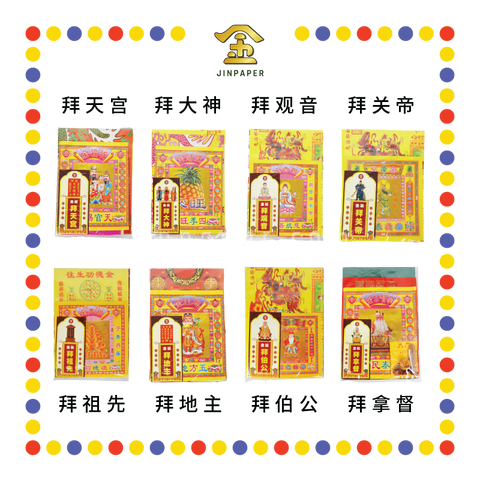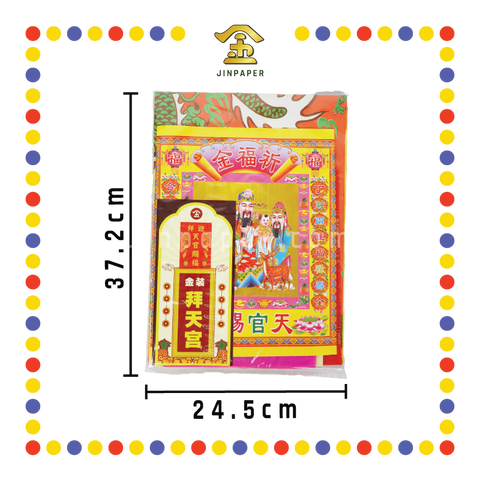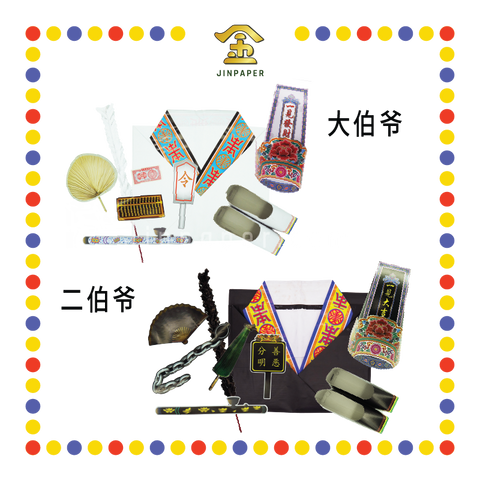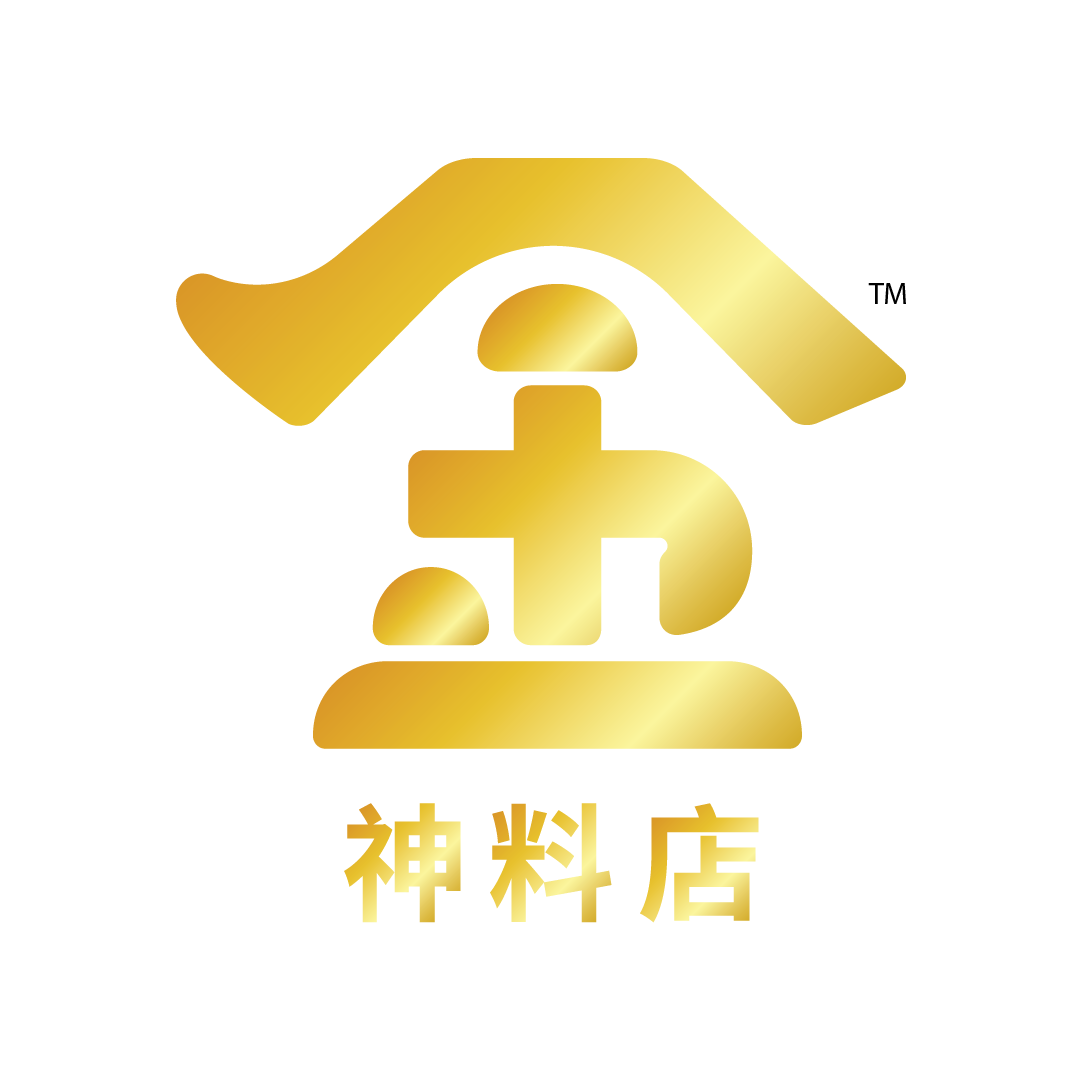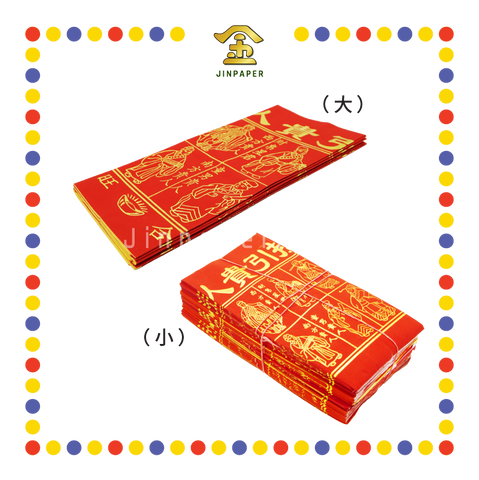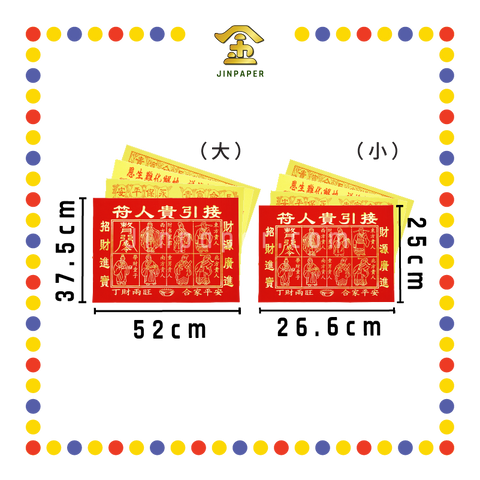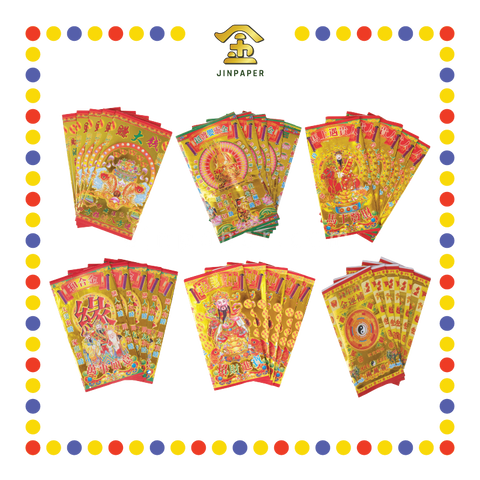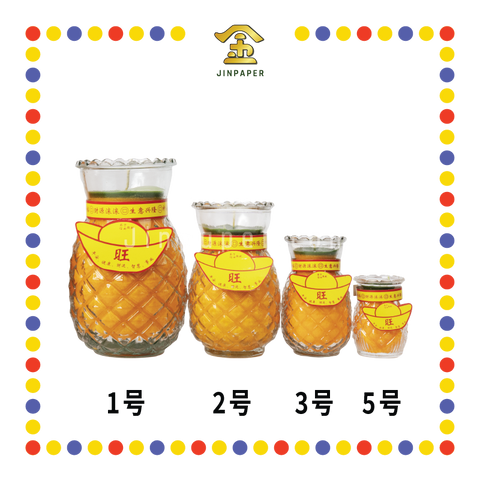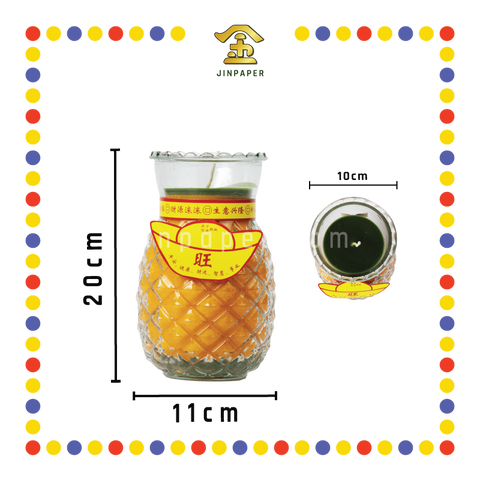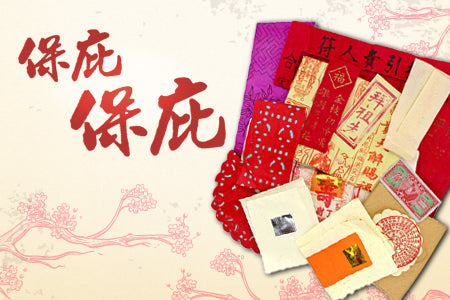Ghost Festival - Traditions, Events & Legends: A Complete Information
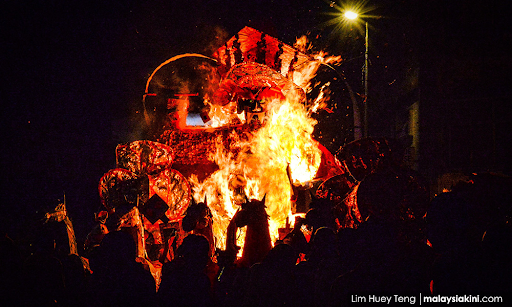
Ghost Festival - Traditions, Events & Legends: A Complete Information
The Ghost Festival, otherwise known as Zhongyuan Festival, is an East Asian tradition in which it is believed that the spirits of the dead will rise from the underworld and visit the realm of the living. It is celebrated by both Taoist and Buddhist practitioners alike, and is held on either the 14th or 15th night of the seventh month of the Chinese lunisolar calendar.
Similar to the Día de los Muertos, or Day of the Dead in Mexico, people believe that during the Zhongyuan Festival, a passage is open between the realms of the dead and the living. During this period, families would pay respects to the dead through food offerings, as well as the burning of incense, joss paper, and sometimes even paper mache constructs of material items. These practices stem from the fundamental belief in the religious value system adopted by Buddhists which emphasizes on filial piety and respect to one’s elders, even in death. And for Taoists, the act of appeasing the spirits holds great importance.
History of Ghost Festival
Stories of the origins of the Ghost Festival are varied in both Buddhism and Taoism. Most famously, in Buddhist culture, the Ghost Festival started off from the time in which Mu Lian, a disciple of Buddha, tried to save his mother from hell. Despite being a vegetarian, his mother had unknowingly consumed meat, and was sentenced to the Hungry Ghost Realm as punishment for denying it. Seeing the state his mother was in, Mu Lian attempted to give her food. The story sometimes branches off here, with the food being stolen by other hungry ghosts, or it turning to coal before his mother could eat it. But the commonality stands whereby Mu Lian fails to feed his mother.
He then proceeds to ask Buddha for help, and Buddha guides him on how he can feed his mother by offering food to the monastic community during the end of the monsoon season (which typically falls on the 15th of the seventh month), as this was the period in which the monks and nuns would transfer the merits to the deceased. Following Buddha’s instructions, Mu Lian was able to relieve his mother of her suffering.
The Taoist version regarding the Ghost Festival’s origins is quite different. The core principle of Taoism lies in the Three Yuan theory, which is where the name Zhongyuan came from. The story begins in the Tang Dynasty, where a certain fortune teller Li, drew the ire of the Dragon King of the Eastern Seas. Seeking to discredit Li, the latter executed a plan in defiance of the King of Heaven. His plan however, was exposed and he was eventually sentenced to death.
Wanting to avoid death, the Dragon King sought Emperor Tang Taizong for help. Emperor Tang felt sorry for the Dragon King and promised to save him, and devised a plan to do so. Unfortunately, the plan did not succeed, and the Dragon King perished. Shortly after, the Dragon King appeared before Emperor Tang in a dream, and blamed him for failing to keep his promise, causing him to suffer as a wandering spirit. The next day, which happened to be the 15th of the seventh lunar month, Emperor Tang ordered all Buddhist and Taoist priests in the capital to offer prayers, as well as food and drink to the Dragon King, and this started off what is now known as the Zhongyuan Festival.

A paper effigy of Da Shi Ye is set alight. Source: JinPaper
During the Ghost Festival, it is common to see paper effigies of Da Shi Ye, or the King of Ghosts, erected. Originally a terrifying demon king, he was eventually subdued by Guan Yin and converted to the cause of good. However, as he still retained his original ferociousness, Guan Yin sought to provide him with the proper outlet to exercise this aspect of his nature while still serving a good cause.
Many worship Da Shi Ye during the Ghost Festival, as it is believed he keeps a scrutinous eye on all the spirits during their one month reprieve from Hell, so that they do not harm any human beings or try to escape.
Why do Chinese people celebrate the Ghost Festival?
Compared to other celebrations, the Ghost Festival is unique even for Chinese sub-cultural groups because it intersects the core Buddhist and Confucianist values of filial piety and devotion, as well as the Taoist tenet of relieving the spirits of the dead from suffering. For non-religious families as well, the Ghost Festival provides an opportunity to pay homage to and reminisce about lost loved ones, and helps us appreciate the living better.
When to celebrate the Ghost Festival?
As previously explained, the Ghost Festival is held on the 15th day of the seventh Chinese lunisolar month, though in some parts of southern China celebrating on the 14th is more common. In Buddhist lore of Mu Lian rescuing his mother, this date coincides with the transference of merits to the deceased by the monastic community, and marks the day in which Mu Lian was able to feed his mother’s spirit and relieve her suffering. And in Taoism, Emperor Tang decreed it as such after receiving the deceased Dragon King’s reproach in a dream.
In modern day, it is more commonly known that the seventh month marks the opening of the gates of hell and ghosts are free to roam the mortal realm during this period of reprieve from punishment.
How do the Chinese celebrate the Ghost Festival?
Although the Ghost Festival may bear a different significance whether you’re a Buddhist or Taoist, in Malaysia at least, the celebrations are largely similar regardless.
Soon as the start of the seventh lunar month, the Chinese would make food offerings, put up joss sticks and candles, and burn paper replicas of material items such as houses, clothes, and even cars for the spirits of the deceased. While it is common for families to pay their respects to the spirits they’re familiar with, some would go further and put up offerings for unknown wandering souls as well. This is so that the spirits do not needlessly intrude upon their lives. These burning activities can often be seen out in the open, either by a park or just next to the road, and are most prevalent during the first, 15th, and the end of the festival. For especially large burnings organized by associations, a paper effigy of Da Shi Ye would normally be present.
Some places also like to organize a getai, which is essentially a live performance of song and dance designed to entertain the spirits, though the living is more than welcome to join in on the parade as well. The content of these performances can range from Chinese opera, drama and even burlesque shows in some parts of the world. The performances are typically held outdoors at night and at high enough volumes in order to attract and please the spirits. What’s interesting to note is that it’s considered taboo to sit in the front row, as this is designated for the dead to sit in. As the Zhongyuan Festival is also commonly known as the Hungry Ghost Festival, there would also be generous food offerings for the starved ghosts, typically in the form of rice, oil, canned food, and sugarcane, generally provided through the monthly contributions of neighborhood businesses and residents.

A temporary altar is set along the road with offerings and an incense burner. Source: JinPaper
As far as rituals are concerned, both Buddhists and Taoists will typically construct makeshift altars and hold ceremonies designed to relieve the spirits of their suffering. While the steps themselves can differ from one to another, generally the monks will throw rice or other small foods in the air in all directions, to ensure that it is properly distributed to the ghosts.
Another thing of note is the burning of incense in front of one’s home. In Chinese culture, incense is synonymous with prosperity, so families believe that the more incense they burn, the more prosperity they shall receive. Some shops also opt to close their doors in the evening, so that the ghosts can freely roam the streets without obstruction.
Finally, on the fourteenth day of the festival, the Chinese will build little paper lanterns and float them outside their houses on a body of water. This is to ensure that the spirits do not linger in the mortal realm and are able to find their way back to the underworld. These paper lanterns take the shape of a lotus flower and are set upon a paper boat. Once the fire in the lantern goes out, it symbolizes that the dead have made their way back to the spirit realm.
Conclusion
Compared to most other Chinese folk traditions, the Ghost Festival doesn’t have too many ritualistic practices beyond the normal incense burning and food offering. Perhaps the key takeaway here is to act prudently during this period of time, as you don’t want to unknowingly slight any spirit and attract misfortune onto you and your loved ones.
If you like what you read and want to see more, be sure to follow us closely at JinPaper, Malaysia’s number one supplier of Chinese prayer items. And if you think we missed something out, or if you have a topic in particular that you would like to see covered next, let us know in the comments below!
